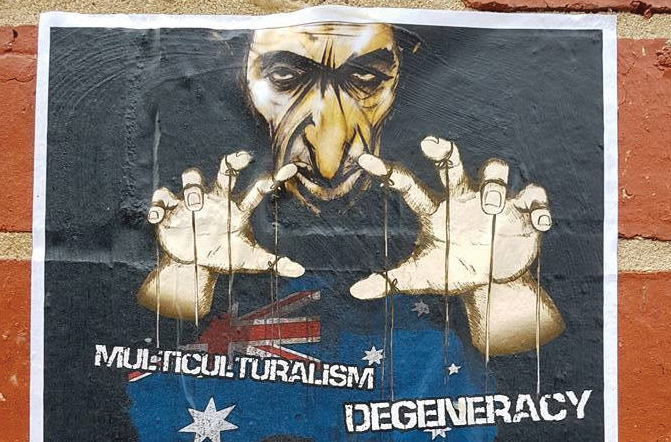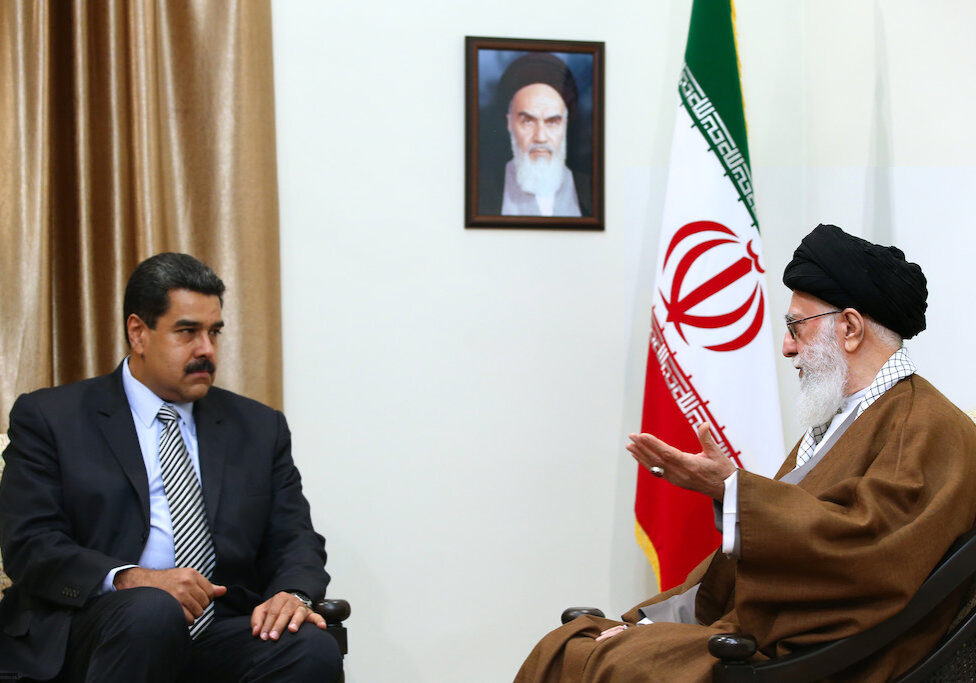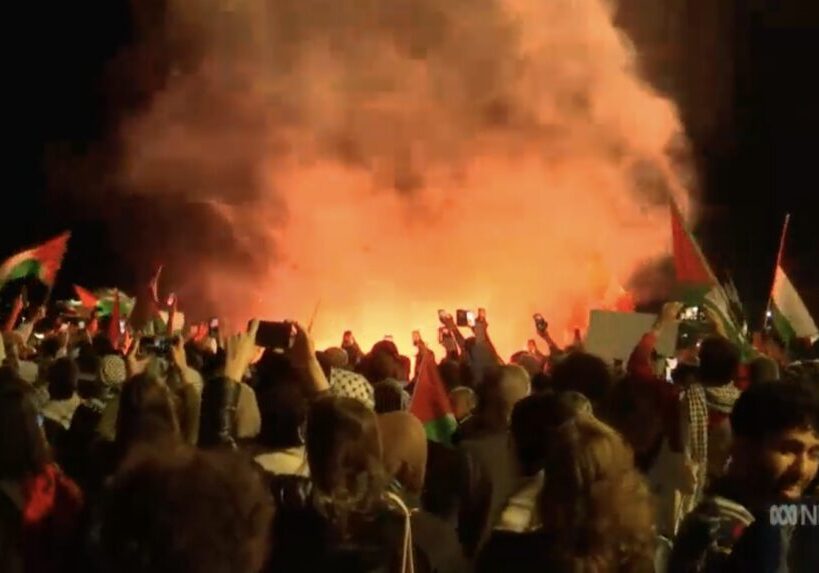Australia/Israel Review
The Last Word: Assessing the Assessment
Feb 1, 2018 | Jeremy Jones

Jeremy Jones
Anti-Jewish posters plastered across a popular tourist destination, cars parked near synagogues vandalised with swastikas, racist stereotypes alleging people who were untrustworthy or miserly are likely to be Jewish, not just spoken but published online.
Anti-Jewish bigotry enmeshed with arguably political, but undisputedly misleading, critiques of Israel, unashamedly articulated by self-identifying left-wingers; Christmas providing yet another pretext for Christian antisemitism to be voiced and encouraged.
All of the above, and more, occurred in the last weeks of 2017 and the first weeks of 2018 in Australia.
Taken in isolation, out of the context of a social ethos overwhelmingly opposed to antisemitism or disregarding the lived experiences of the overwhelming majority of Jewish Australians, a grim picture would emerge. That is why research and informed analysis are so important for intelligent discussion of antisemitism in Australia.
It can hardly be said too often that Australia has, historically, been one of the few countries which has allowed Jewish citizens and residents to live free of harassment and discrimination. That said, Australia is also a home to individuals, and even organisations and social movements, which are intolerant towards, suspicious of and even existentially opposed to Jews and to Judaism.
The Report on Antisemitism, published annually by the Executive Council of Australian Jewry, is an important documentation of activity from this quarter.
The 2017 Report received some media coverage, particularly for the assessment of a ten percent rise in reported incidents of anti-Jewish harassment, intimidation, violence and vandalism, between 2016 and 2017, following a similar percentage increase from 2015 to 2016.
It goes without saying that even one incident is one too many.
However, few would argue that although there are serious concerns with understanding of, and tolerance for, some forms of antisemitism in public discourse, there is no indication that violence, vandalism and harassment of Jews in Australia is ever thought of as acceptable or able to be justified. It is also important to assess data over periods beyond one or two years, when such data is consistent and available.
In 2017, the total number of reports of attacks (as opposed to harassment) were at a lower rate than in any of the previous 11 years.
Incidents in the most serious category, assaults and vandalism, were logged at 56% of the average of the previous 27 years (ie, since the national database came into operation) and the lowest rate in 13 years.
Face-to-face harassment was recorded at the lowest rate since 2006, and telephone threats at the lowest rate since 2012, with hate mail at only 10% of the previous average.
Graffiti, on the other hand, was recorded at its highest rate since 2006 and incidents of leafletting, posters and other miscellaneous actions at their highest rate since 2002.
It should be noted that the most frequent encounter with anti-Jewish abuse and bigotry for many Jewish Australians was online, sometimes through email but mainly on social media. Comments which were only communicated in private two decades ago, and limited to particular social demographics a decade ago, are now out in the open for all to see.
With the megaphone of social media, the number of actual individuals who spew hate and malice does not need to grow for the number of those impacted to increase significantly – in fact the number of perpetrators could dramatically decrease while the volume of experiences of hate could grow.
Simultaneously, the globalisation of media, and particularly social media, is exposing Jewish Australians to hostility from many quarters, including those where anti-Jewish sentiments are more mainstream than not – remember Iran, for example, promotes antisemitism which has specifically been determined to be illegal under Australian law.
When seen through the lens of history, measurable antisemitism in Australia is not high, even by this country’s standards. But it is a growing global problem – and must be combatted locally and internationally.
Tags: Antisemitism
RELATED ARTICLES

Sentencing for antisemitic vandalism “manifestly inadequate”: Joel Burnie on Sky News





